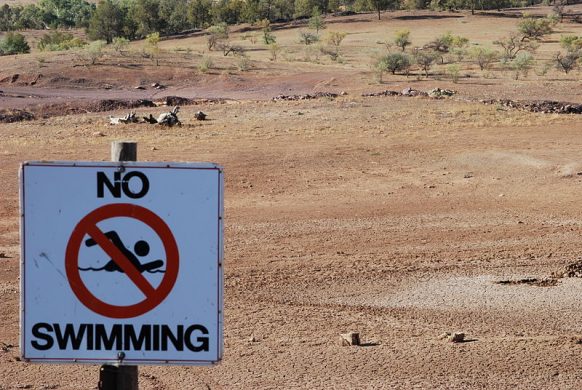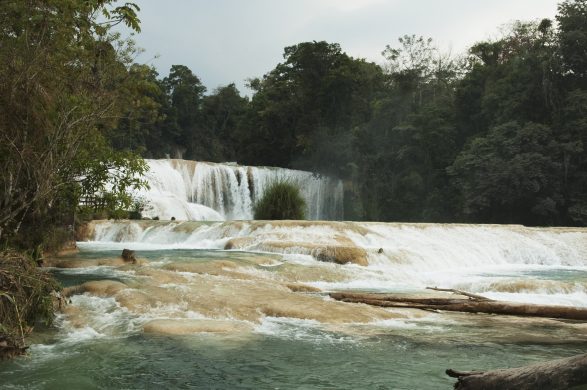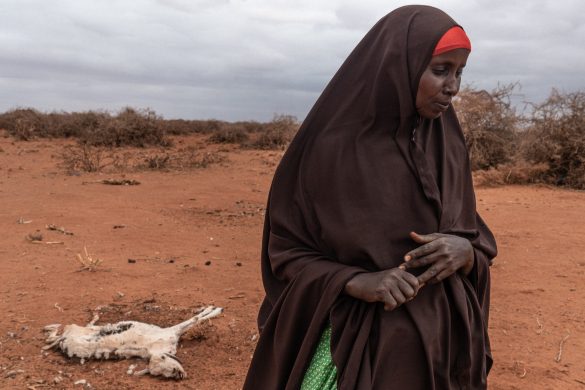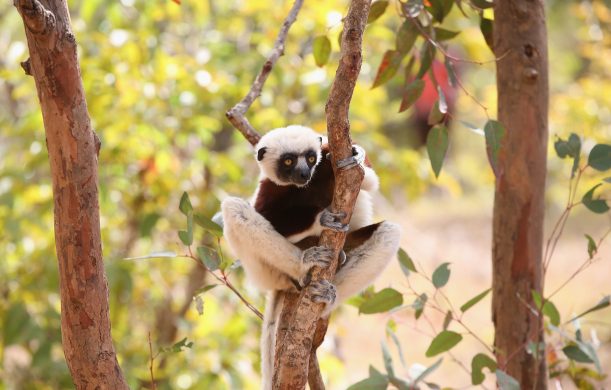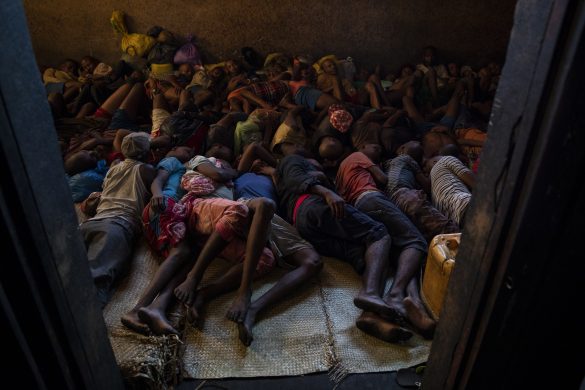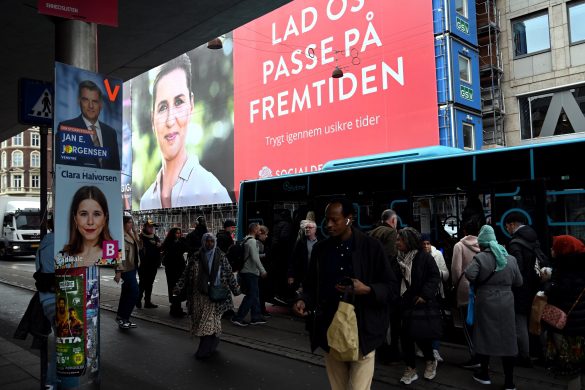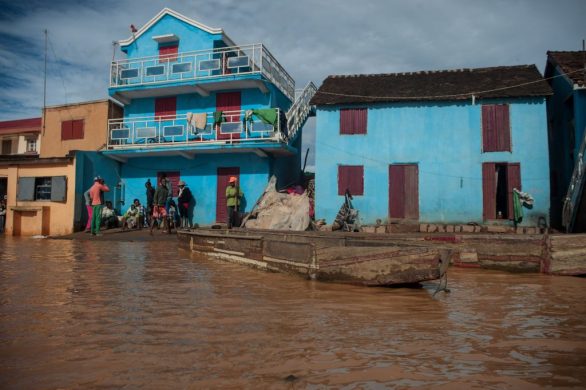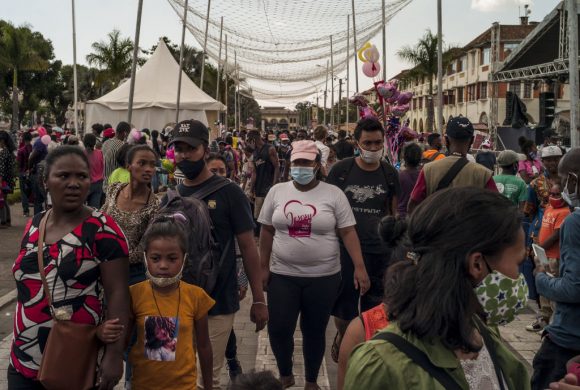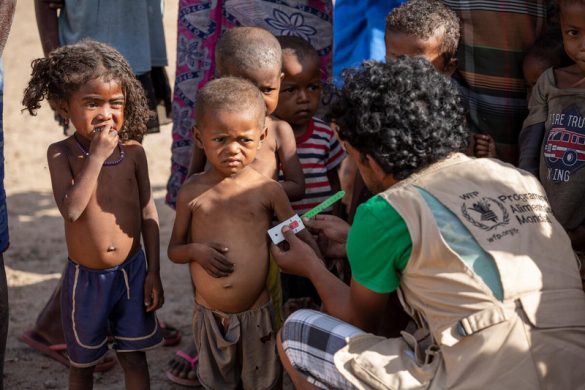The greater south of Madagascar, known as the "Grand Sud (Great South)", is characterized by alternating periods of rain and drought.
This situation was exacerbated by the effects of El Niño in 2015 and led to a major food crisis and played a crucial role in initiating migration in the region.
There is an apparent correlation between the latest episode of severe drought and a significant migratory flow – beyond the well-documented phenomena of traditional mobility from the region since the 1970s.
Migration not voluntary
In fact, most people do not move voluntarily, but are forced to migrate because there is no other choice, migration being characterized therefrom rather as a survival strategy than an adaptation strategy, leading to potential negative impacts for the migrants themselves, for communities of origin, and for communities of destination.
In order to obtain more accurate information on migration trends in the Grand Sud, IOM carried out a rapid qualitative assessment in December 2016, in order to determine: how does the drought affect migration in the Grand Sud; whether there been an increase in out-migration during the current humanitarian crisis (since 2013); and what are the key sectors of intervention that affect migration in the Grand Sud, and in turn, how does migration affect these sectors.
Hent hele rapporten i nedenstående link.

